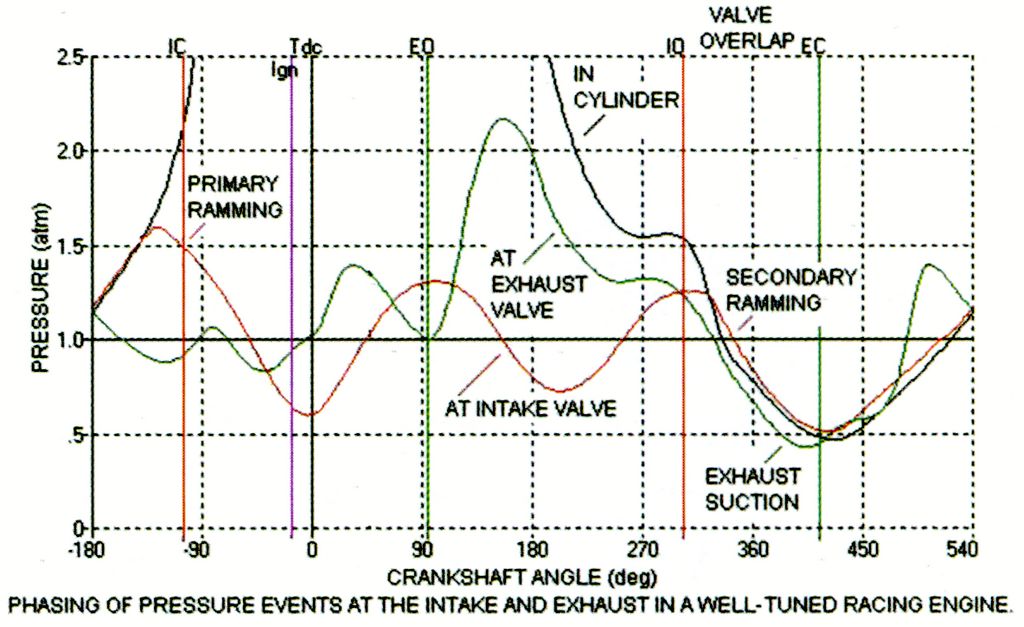It would not flow good at all, but most important is that there will be a big difference in flow with different design of the turbine housing/wheel.
VNT will flow best, this is because of multiple nozzle (and a better angle possible for flow) and the turbo of Garrett "race design" will flow the worst.
(reason is bad angle at nozzle and big distance between turbine inducer and tip of nozzle)
You have to think about it again

: First, we accellerate the stream of exhaust (we are giving it big forward momentum in tangential direction) then it has to stop and turn 90 degree around each blade (giving so much vorticies that flow will be very low)
If the wheel is turning at a low speed there will not be as much vorticies at all and the exhaust stream can easily pass between each blade, BUT! That is not the big thing here, when exhaust is turning around in the housing alone, nothing but pressure is trying to make it escape, as it reaches the nozzle it is directed to be emptied down the wheel (how much volume that can escape there is depending of the two things i mentioned earlier)
I told you that there is centrifugal forces in the housing alone, is this something you could agree on? Only thing that could "break" this force is the nozzle (or exessive pressure) when the nozzle is trying to direct the stream down the wheel it will be effectivily filled in every space if it is turning but at standstill it will only flow good through one of the openings.
Reconcider your thoughts and tell us what is wrong with the things i try to teach you.
One more thing!
Beware when you read books! Read it over and over again, just to assure your self that you got the message - the writer is the sender and your brain is the receiver- if not tuned it will end with misunderstanding!
Since flowing a turbo at "standstill" is only of academic interest (nobody tries to tune an engine that way) trying to read from a book of knowledge and draw conclusions from that, is not easy when the conclusions is not in the "area" of what the author is trying to describe.
Also, you did not meet my statement that a slow turning wheel will NOT give centrifugal forces (i did not say "free-wheeling" as you claim)
My statement is: The perfect rotational speed will flow best! If you stop it it will flow worse (how much worse is depending on design).
If you let it spin fast it will flow less again.
Then again, it is more to it. Every time you think of centrifugal forces you must calculate trimsize, there is turbine designs with trim 100 and there is designs with mixed flow for a trim like "bigger than 100". In that case we must look at exducer flow.
Since exducer is "bent" that will also flow better at "right" speed - reasn for this is that it will build up pressure
after the wheel if you force the gasses to leave att exess rotaition - so now we must calculate the shape of the turbine exducer to downpipe design (which can be reaally bad on some turbos)
